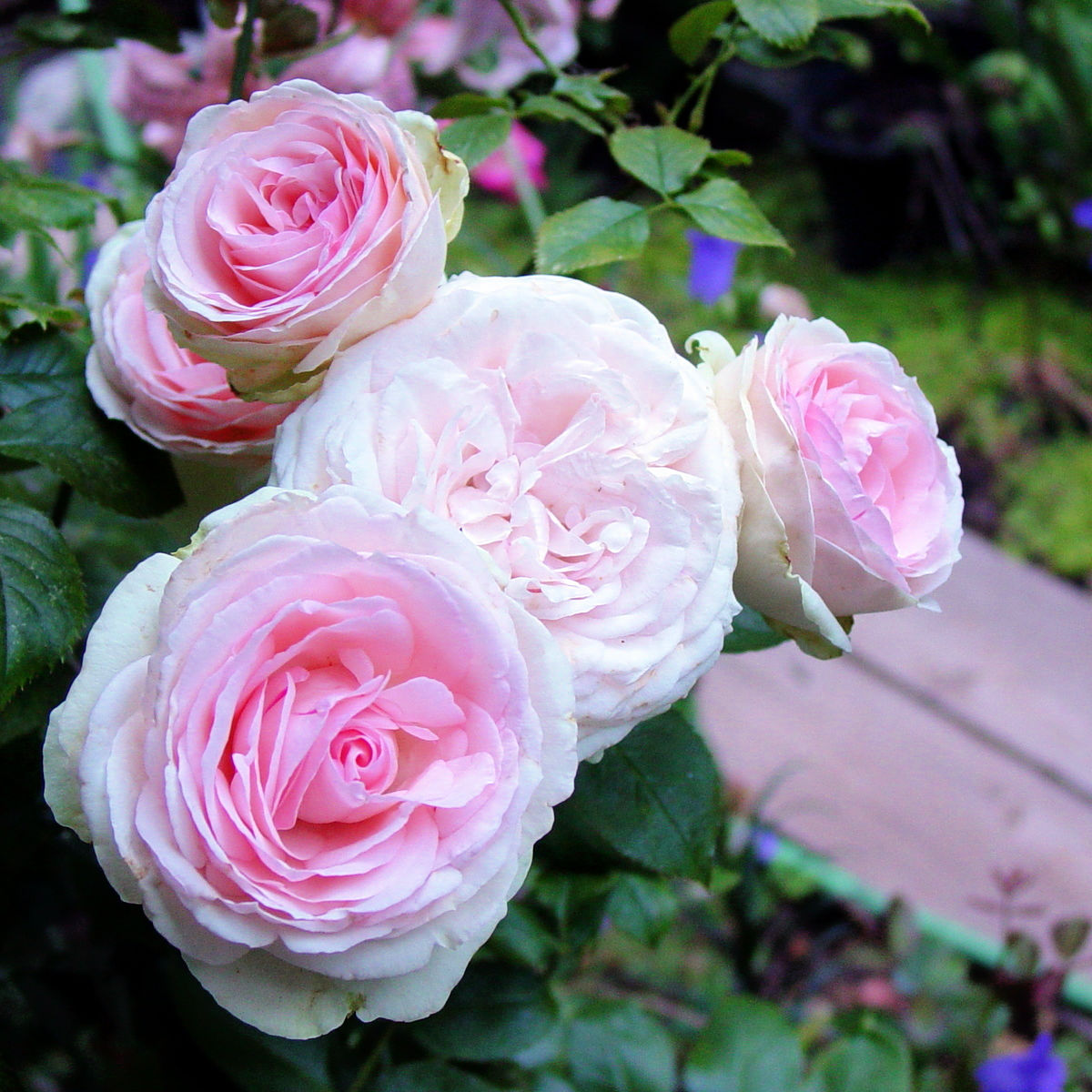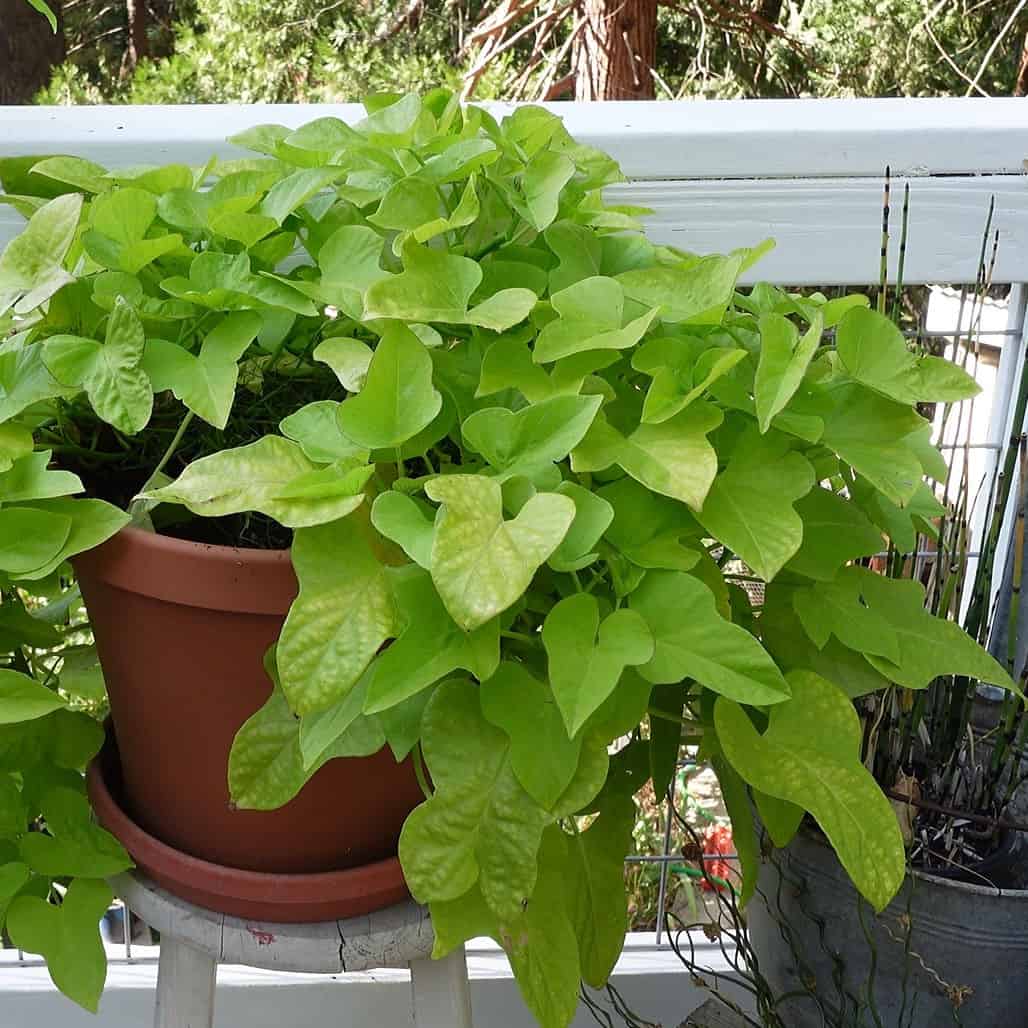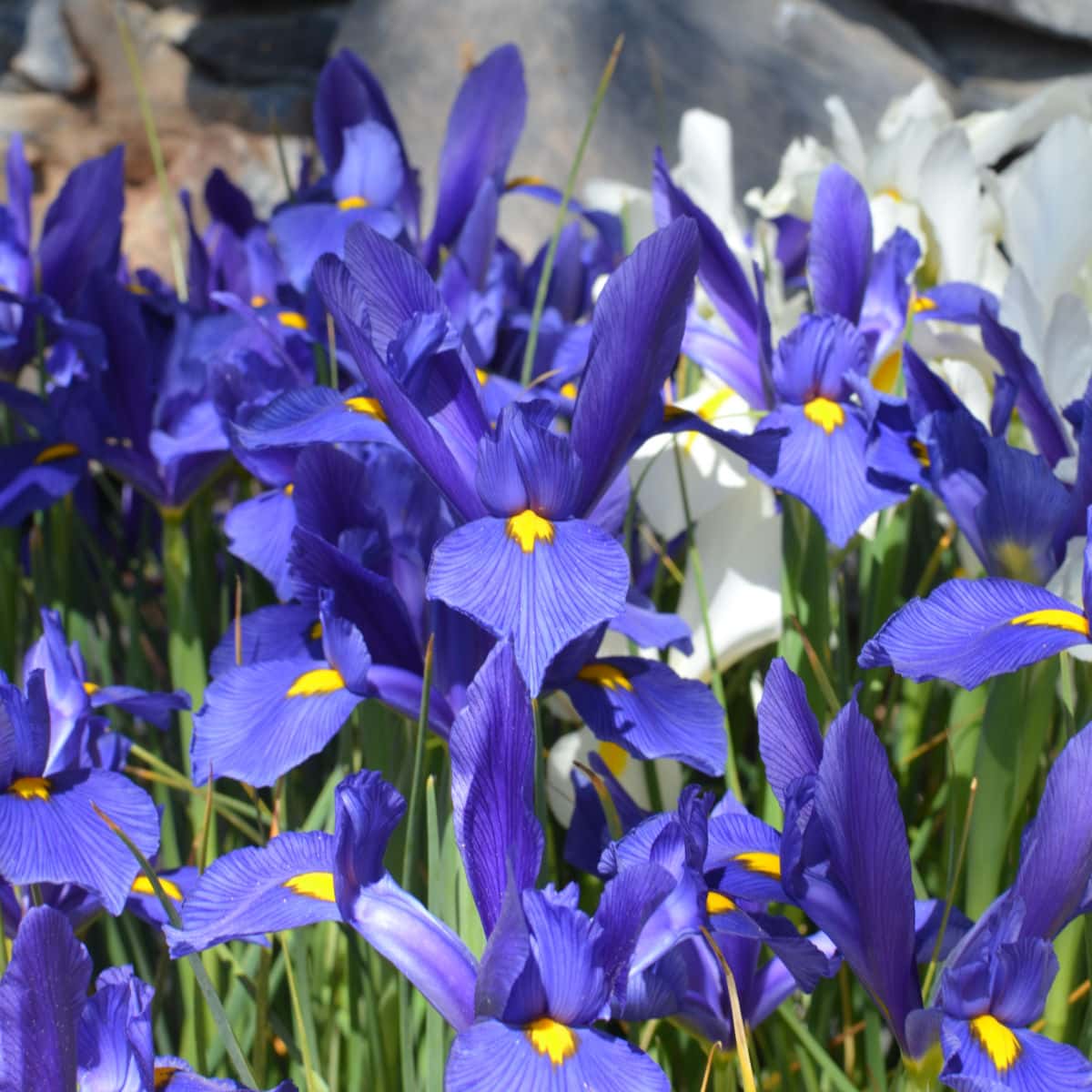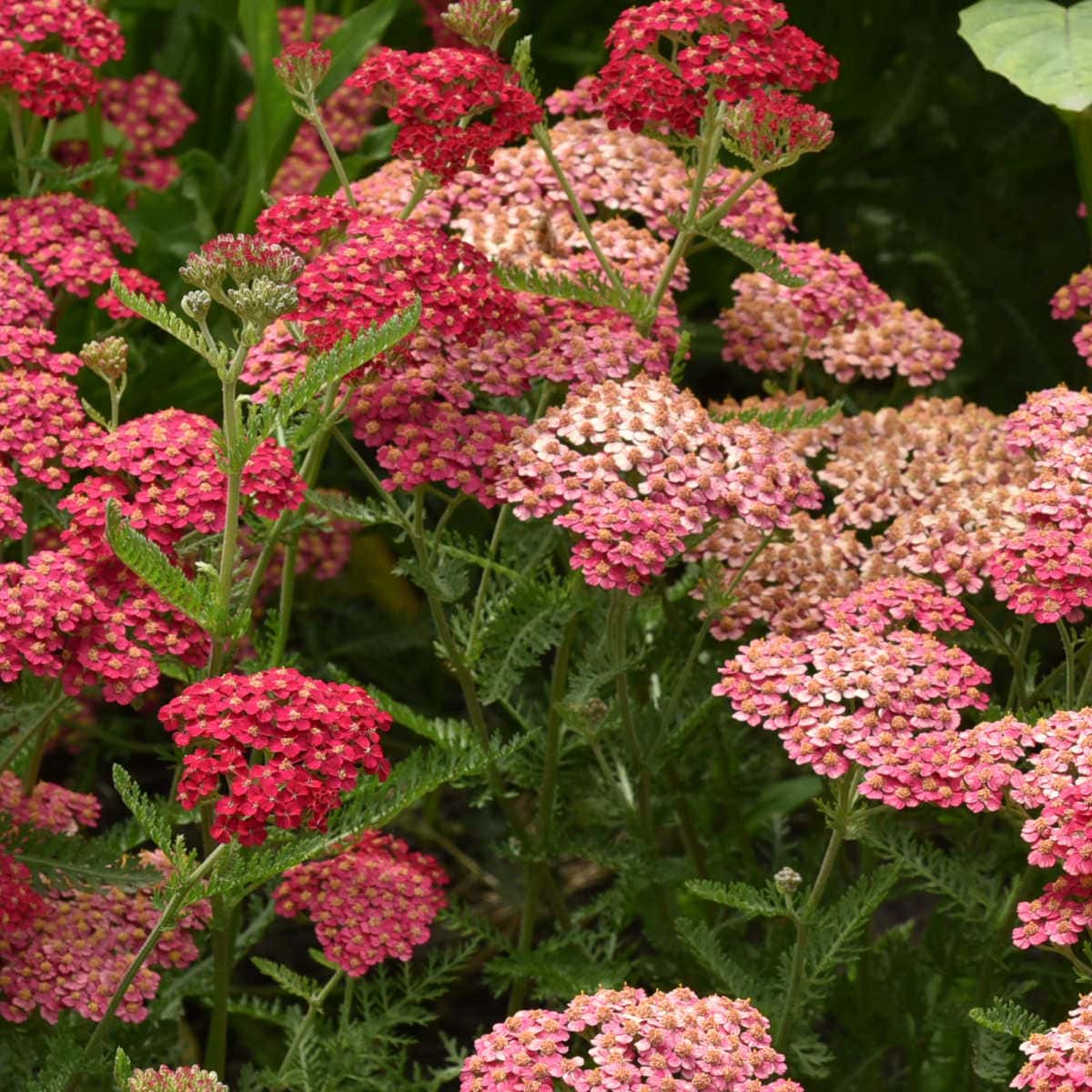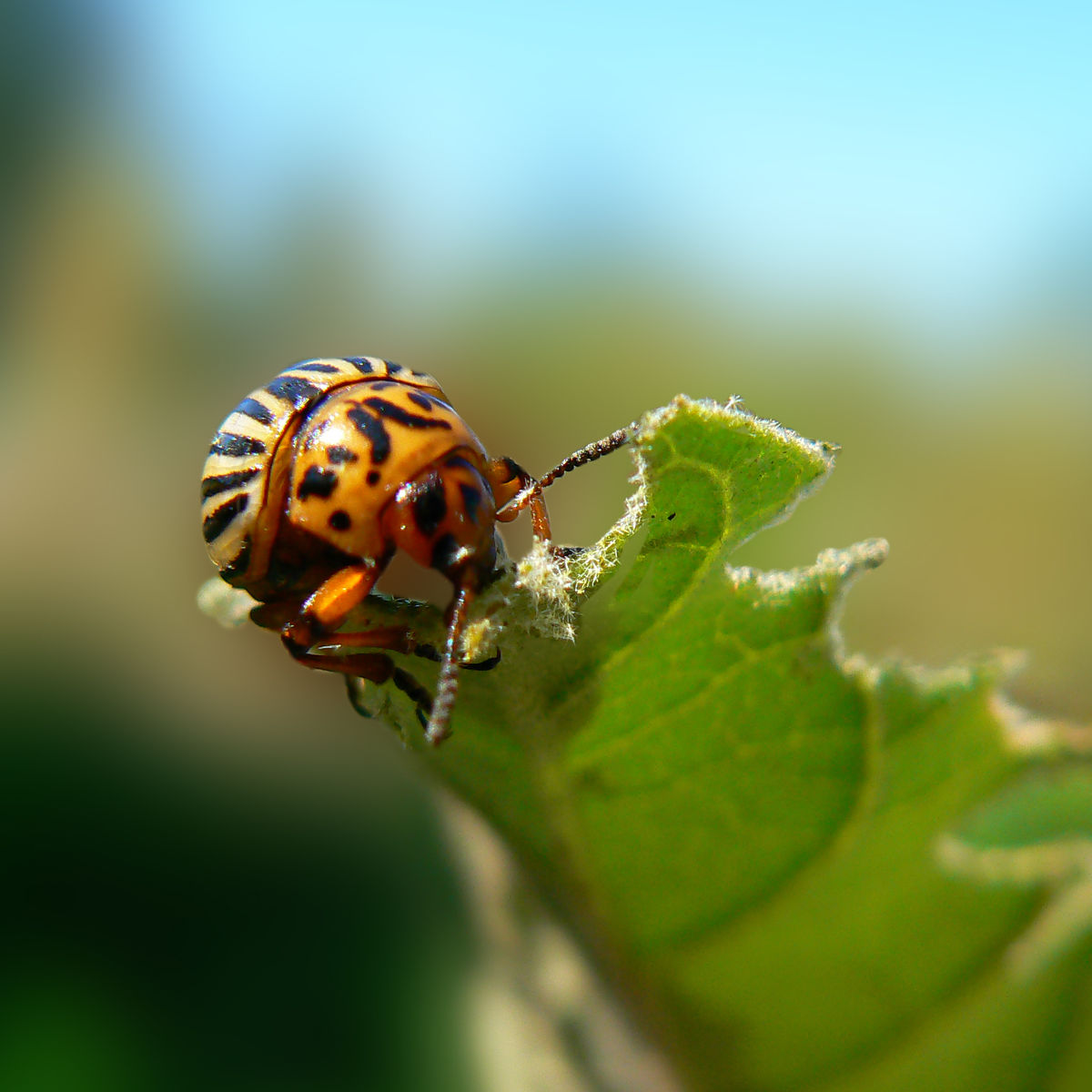Growing Coleus: A Splash of Color and Creativity in Your Garden
If you’re a gardening fan seeking to add a vibrant and artistic touch to your outdoor space, look no further than the colorful world of Coleus.
I love coleus! With their striking foliage colors and intricate patterns, coleus plants brighten up shadier spots in the garden. But newer varieties can take full sun!
Coleus (Solenostemon scutellarioides) is a tropical perennial plant renowned and grown for its magnificent foliage.
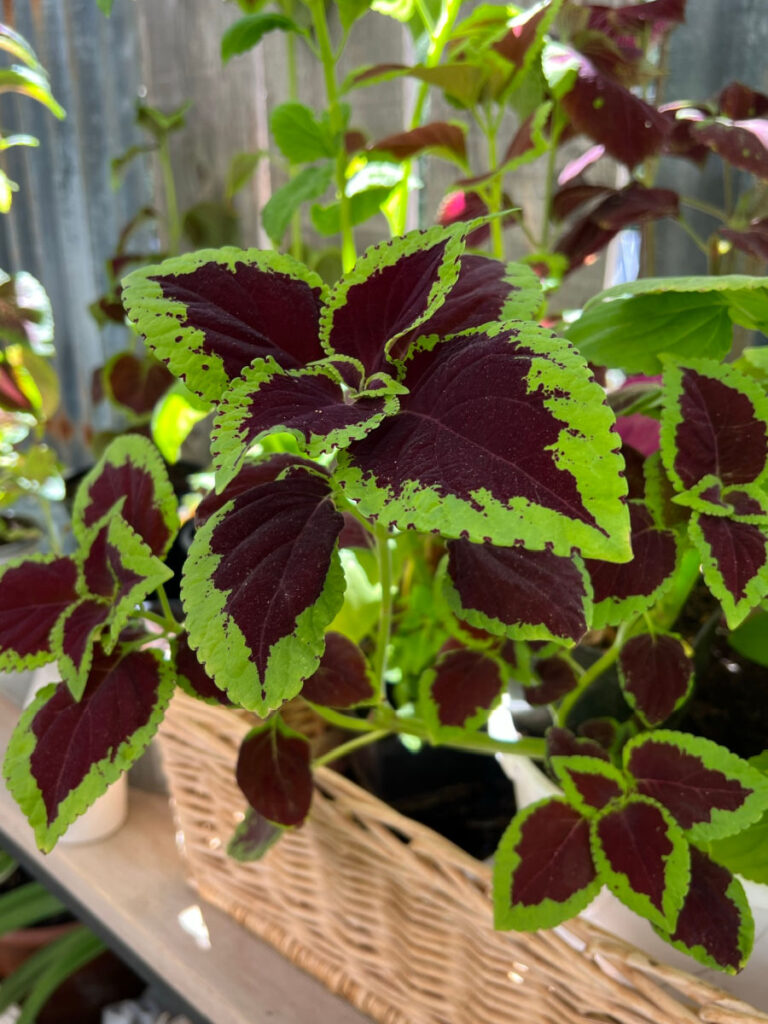
Originating from regions like Southeast Asia and Australia, coleus became a beloved addition to gardens across the world in the Victorian era due to its vibrant leaves and adaptability to various growing conditions.
And now there is a resurgence in its popularity in our gardens for the same reason.
Whether you’re an urban gardener with limited space or have a sprawling backyard, coleus can effortlessly find a place in your garden.
Today we’ll dive into the beautiful journey of growing coleus.
It is relatively easy to grow and can be used in various settings, including gardens, containers, and hanging baskets.
Coleus are not frost tolerant so be sure you are well past the last frost date in your area before planting them out in your garden.

How to Grow Coleus:
Choose a location.
Newer varieties can tolerate full sun but still perform best in the morning sun with afternoon shade.
However, older varieties of coleus may get sunburned quickly in direct sunlight.
If you live in a hot climate, it is best to plant the sun-tolerant coleus in a spot that receives morning sun and afternoon shade to prevent sunburn.
Proven Winners has a Colorblaze Selection that is stunning and said to take more sun than other coleus varieties. More on that later.
If you wish you can grow coleus from seed!
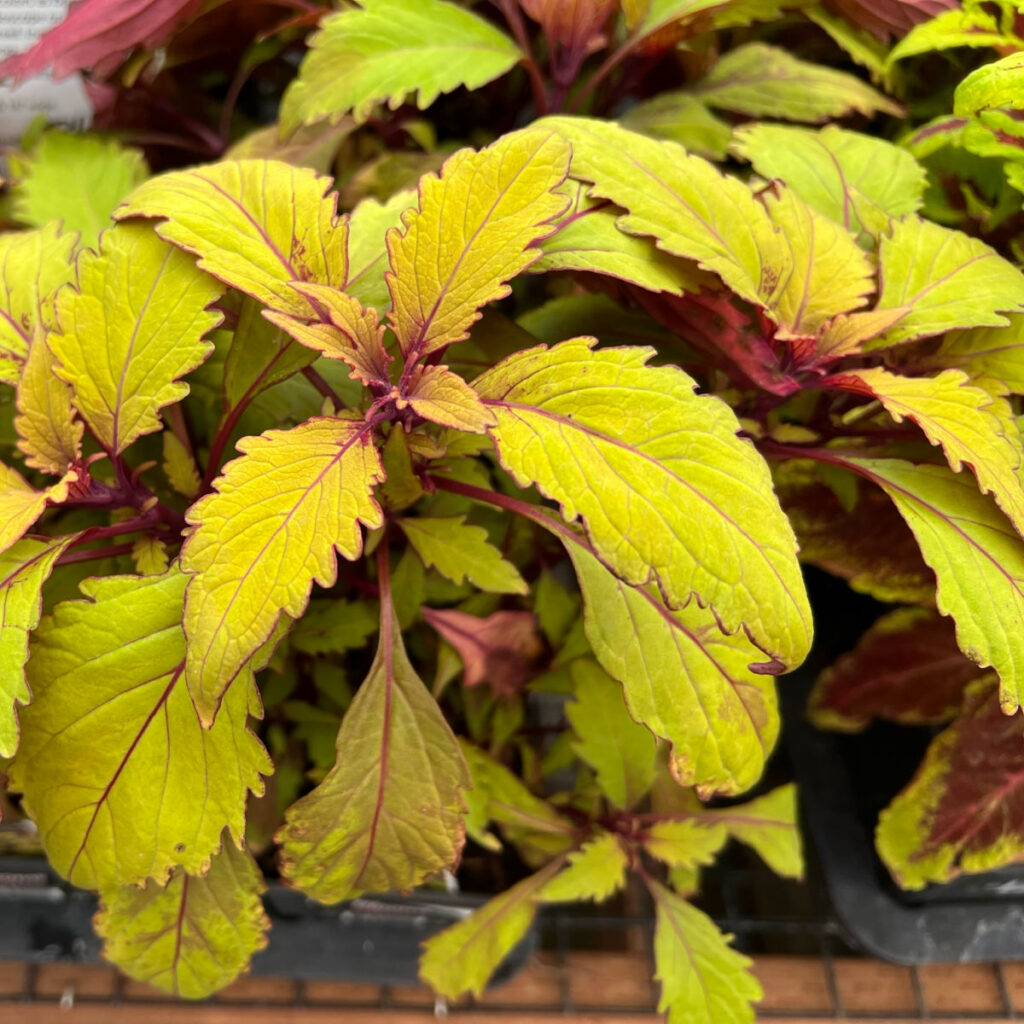
Grow Coleus Seeds
When you grow coleus seeds you get to enjoy the process along with their colorful and eye-catching foliage. They are a popular choice for adding a splash of color to gardens, landscapes, and indoor spaces.
Prepare the soil.
Coleus prefers well-drained soil that is rich in organic matter. Amend the soil with compost or well-rotted manure before planting.
If planting in containers, use a good-quality potting mix. Or you can mix your own like I share here. DIY Potting Soil
Planting Coleus.
Remove the plant from the pot and loosen the roots if potbound.
Place the plant in the hole with the top of the root ball level with the surrounding soil. Space the plants 12-18 inches apart.
Fill the hole with soil and press down lightly to remove air pockets and secure the plant into the ground.
Watering
Water the coleus regularly. Coleus needs moist soil, but it should not be soggy. Water the plants deeply when the top inch of the soil is dry.
In the hot summer months, you may need to water more to keep them looking their best.
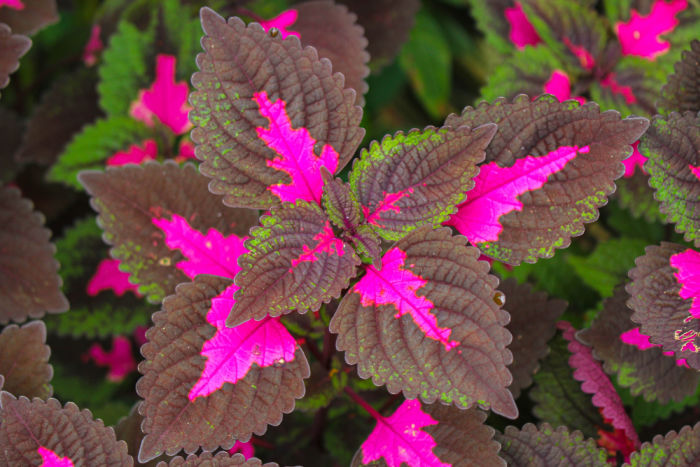
Fertilize
If you have rich, well-fed soil in your garden you won’t need to fertilize but if you are just getting started or are growing in containers fertilize the plants every 2-4 weeks with a liquid organic fertilizer.
I personally prefer to do it weekly, weakly. That means I dilute the fertilizer to a quarter of what is suggested on the packaging and fertilize weekly instead of once a month.
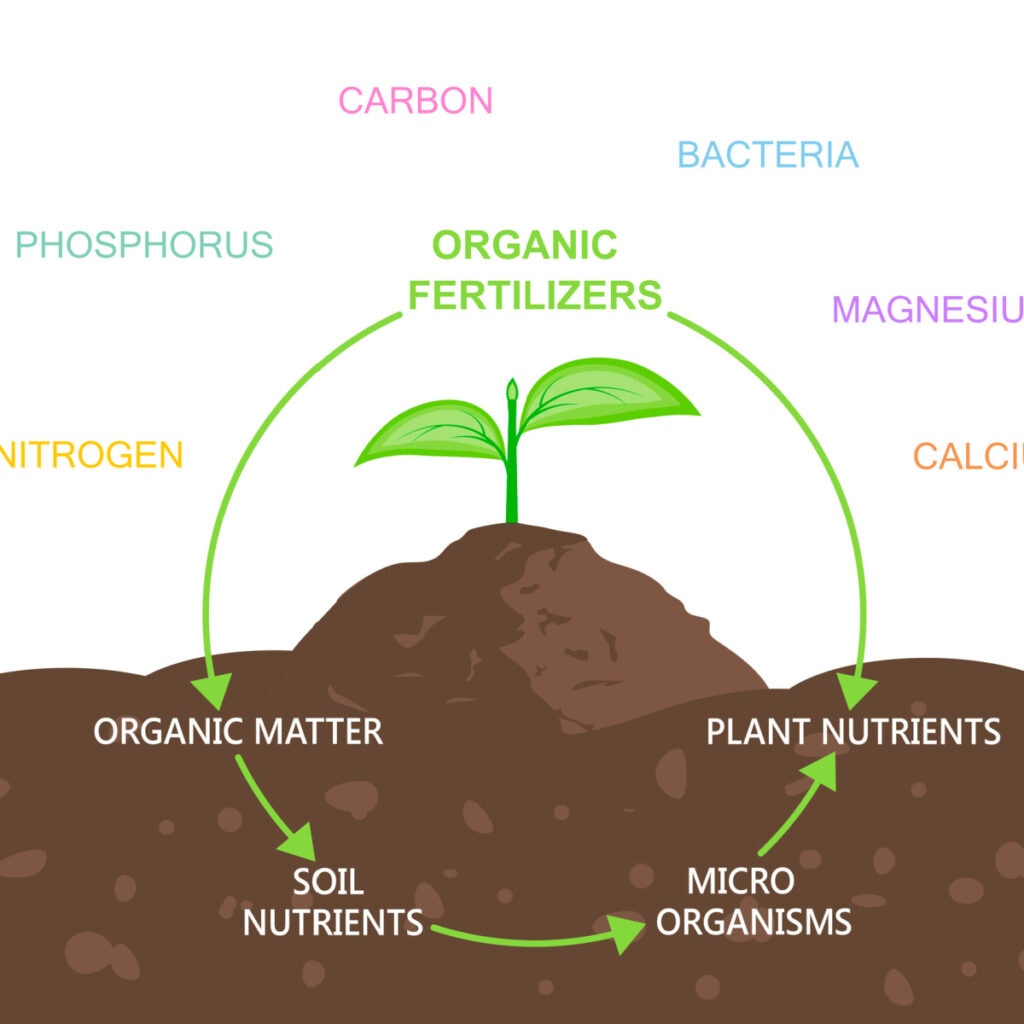
Feed the Soil
If you’re new to gardening, you might think that the key to a thriving garden is to fertilize, fertilize, fertilize. Just stop, Regenerate the Soil instead!
Pinching and Pruning
Pinching back the coleus will encourage bushy growth.
Regularly pinch back the growing tips of your coleus plants to encourage bushier growth and prevent them from becoming too tall or leggy.
You can pinch off the tips of the stems when the plants are 4-6 inches tall.
Pinching will also help maintain the plant’s vibrant colors and patterns by preventing flowering.
Towards the end of your growing season let the seeds develop and collect them or toss them to the ground for more coleus next season!
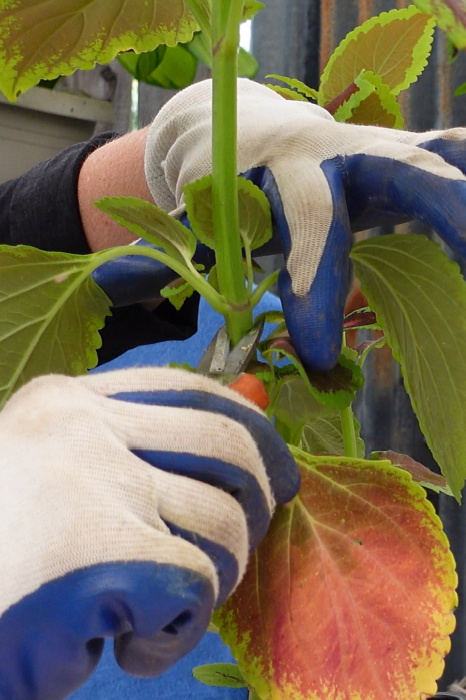
Mulching
Apply a layer of organic mulch, such as compost or straw, around the base of your coleus plants.
Mulch helps retain soil moisture, suppresses weeds, and maintains a more stable soil temperature.
Protect the coleus from frost.
Coleus is not cold-hardy and will not survive frost. If you live in a cold climate, you can bring the coleus indoors for the winter.
Overwintering
In colder climates, coleus is typically grown as an annual. However, you can try overwintering your coleus indoors.
Before the first frost, carefully dig up your coleus plants, trim them back, and transplant them into pots. Place them in a bright, indoor location with proper humidity.
8 Popular Coleus Varieties
Kong Coleus:
Known for their large and impressive leaves, Kong coleus varieties feature bold and contrasting colors that make them stand out.
The Kong Rose and Kong Lime Sprite are particularly popular choices, adding an artistic flair to any garden space.
Wizard Series:
With their intricate patterns and vibrant hues, the Wizard Coleus varieties are like a painter’s palette.
Wizard Sunset, Wizard Jade, and Wizard Pineapple are some enchanting options to consider.
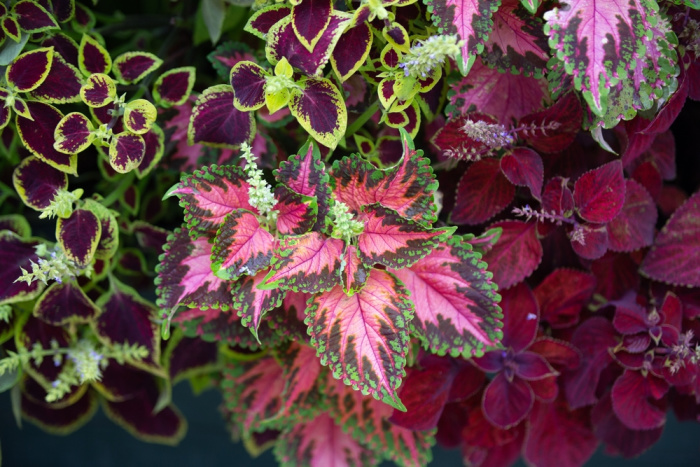
Rainbow Series:
As the name suggests, this series offers a kaleidoscope of colors. The Rainbow coleus varieties, such as Rainbow Mixed Colors and Rainbow Scarlet, bring a burst of energy and diversity to your garden beds.
Main Street Series:
If you prefer a more compact coleus, the Main Street series is ideal. Main Street Beale Street and Main Street Wall Street showcase exquisite foliage in a compact form, perfect for borders and containers.
Sunlover Series:
As the name implies, these coleus varieties thrive in sunnier spots. Sunlover Solar Eclipse and Sunlover Flame Thrower add warmth and brightness to your garden while tolerating more sunlight.
Fairway Series:
If you’re looking for coleus that flourishes in shade, the Fairway series offers an array of options. Fairway Red, Fairway Rose, and Fairway Mix are splendid choices for adding elegance to shaded areas.
Versa Series:
Versatility is the hallmark of the Versa coleus varieties. They thrive in both sun and shade, making them versatile options for different parts of your garden. Versa Lime and Versa Red are popular selections.
ColorBlaze Coleus:
For those who desire dramatic foliage, the ColorBlaze coleus varieties won’t disappoint. ColorBlaze Sedona and ColorBlaze Wicked Witch showcase intense colors and patterns that make a bold statement.
For more on the ColorBlaze series visit the Proven Winners site.
In conclusion, growing coleus is a delightful and rewarding experience that adds a splash of color and creativity to your garden.
With a wide range of striking varieties to choose from, each with its own unique charm, coleus plants offer endless possibilities for expressing your personal style.
Whether you’re a gardening beginner or an experienced green thumb, coleus is sure to capture your heart and elevate the beauty of your outdoor space.
So, roll up your sleeves, pick your favorite coleus varieties, and embark on a journey filled with vibrant foliage, artistic patterns, and endless gardening joy.

